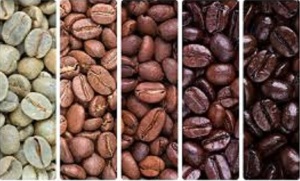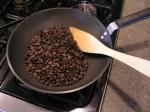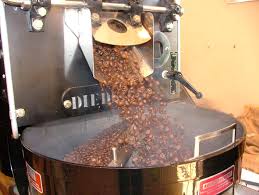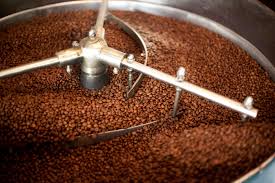 Hello coffee lovers, we already tell you about the farm to green coffee. But coffee the one you saw in cafes or the powder you bring doesn’t look green at all. Well that’s true because beans in cafes are “ROASTED COFFEE BEANS”
Hello coffee lovers, we already tell you about the farm to green coffee. But coffee the one you saw in cafes or the powder you bring doesn’t look green at all. Well that’s true because beans in cafes are “ROASTED COFFEE BEANS”
You must understand the roasting first in simple words; it means even cooking using controlled heat. Green coffee naturally has acidity, protein, sugar and caffeine, then why to roast because coffee is not only beverage which gives power to stay awake but we drink coffee for its taste diversity and unique flavors. The process of roasting produces the true characteristic flavor of coffee.
Technical term coffee roasting is chemical process by which aromatic, acidic and other flavor components are either created, equalized or changed in a way to develop aroma, acidity, body, flavor and finish of coffee cup as desired by the roaster.
 you can yourself roast your coffee at home just need a heat or flame stove and a pan, coffee lovers are practicing roasting at home as hobby to taste and ensure freshest coffee. But professionally two kinds of roaster are in use; the first one is drum and second is hot air type.
you can yourself roast your coffee at home just need a heat or flame stove and a pan, coffee lovers are practicing roasting at home as hobby to taste and ensure freshest coffee. But professionally two kinds of roaster are in use; the first one is drum and second is hot air type.
Drum roaster consist of horizontal rotating drum in which green coffee tumble in heated environment. Heat can be supplied by Natural gas, LPG, electricity or even wood. Heat is supplied indirectly to green coffee as heat source is under the drum.
 Hot-air roasters force heated air through a screen or perforated surface under the coffee beans with sufficient force to lift the beans. Heat is transferred to the beans as they tumble and circulate within the fluidized surface.
Hot-air roasters force heated air through a screen or perforated surface under the coffee beans with sufficient force to lift the beans. Heat is transferred to the beans as they tumble and circulate within the fluidized surface.
First stage green coffee beans are slowly dried to become yellow and beans begin to smell like toast or popcorn. In second stage usually called first cracked occurs at approx 400*F (200*C) by this time beans almost lost moisture content and turn almost double its size. Also the color of beans light brown, this stage is considered as “light roast coffee”. when coffee reaches 225*C it emit second crack by this time coffee gets its desired profile, if roast further beans begin to lose its structure , fully carbonize and finally combust. Roast master often use a roast profile chart, but most famous and least accurate way roast master use eyes to check color profile of coffee beans. Once the beans come out of the roaster it must be cool down by using force air. Usually it’s only Roast Master who decides the roast profile of any bean keeping in mind number of factor such as coffee’s origin, variety, processing method, desired flavors and most important end recipe (espresso, drip, filter or press)
Now go and enjoy your cup “Stay young and Stay caffeinated”.

